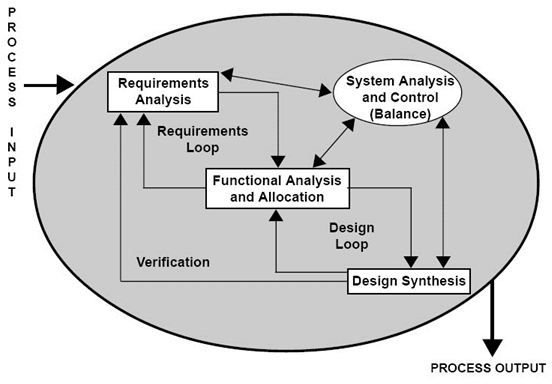Tips on Performing a Functional Requirements Analysis
To Create a Common Understanding
Requirements for any project need to be correctly documented so that all concerned persons referring to the documents will have a common understanding of them. That documentation in turn can only be prepared after eliciting the requirements from the customers or other users of the project. This gathering of requirements is the first step for any functional requirements analysis.
Once all the project’s requirements have been gathered and listed, each of them must be analyzed, and they need to be assessed for completeness. Each requirement would have to be seen within the context of other requirements, and any contradictions among them would have to be resolved before the requirement is finally recorded.
The requirements are then documented as process specifications, product specifications, or simply as natural language documents. Each of these documents must be able to translate into action that can be measured or tested.
Steps in the Functional Requirements Analysis Process
A structured approach to functional requirements analysis is helpful.
-
You’ve got to define how the new project would fit in with the overall business processes of the organization and what its limitations and scope would be.
-
The users or customers of the project have to be identified so that the analyst knows the sources for information that is required.
-
All users or customers must be interviewed in order to elicit their project requirements. Once they’ve laid down their needs, you must ensure that each user has a good understanding of the project and its objectives. Any inconsistencies or lapses in knowledge need to be identified and resolved. Input from the persons being interviewed must be reviewed to avoid conflicts with the requirements given by others. At this point it is still easy to change processes to fit requirements.
-
The most popular ways to elicit this information are the traditional methods–interviews, group studies, and exploring the existing documentation connected with the project.
-
Once the requirements are gathered, a structured analysis must be done of each one using various techniques like automated reasoning, knowledge-based criticism, case-based reasoning, and consistency checking.
-
Now the documentation process begins. This can serve as a base for validating the requirements and defining the system design for the team developing the project. It also serves as a benchmark for the project management team. Resources can be worked out based on these requirements and married into the overall project plan.
-
Requirement specifications may be divided into two separate documents–one for the users and the other for the team that is going to develop the project and also decide its quality and testing requirements.
-
A requirements management process has to be set up which will ensure verification of the requirement, its validation and traceability throughout the project.
Image source:https://commons.wikimedia.org/wiki/File:SE_Process.jpg
